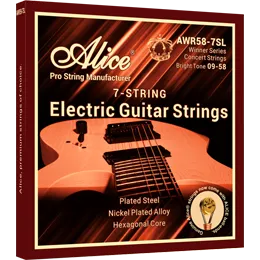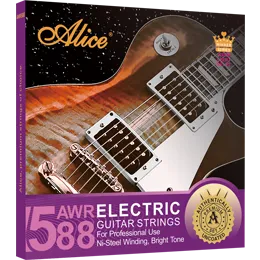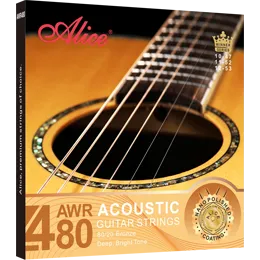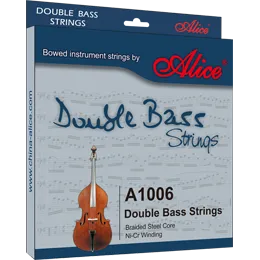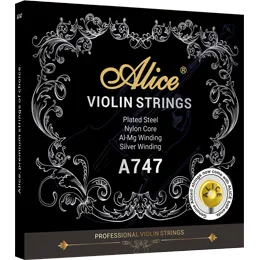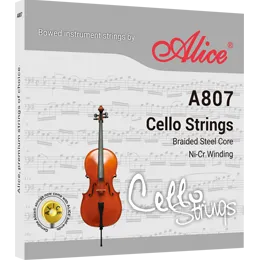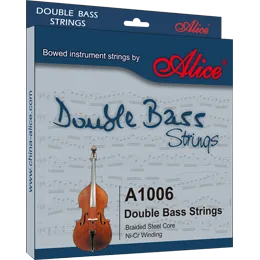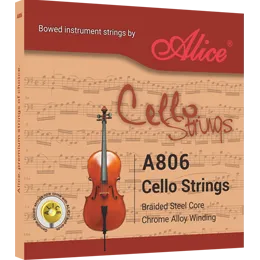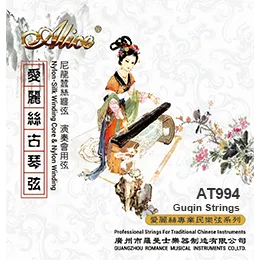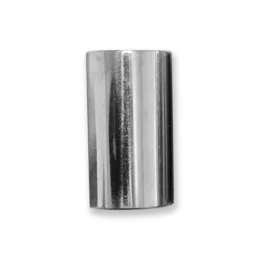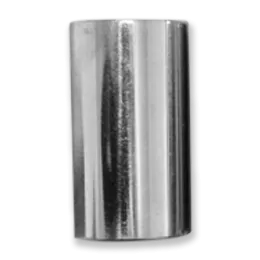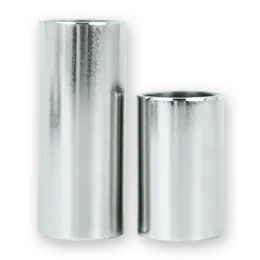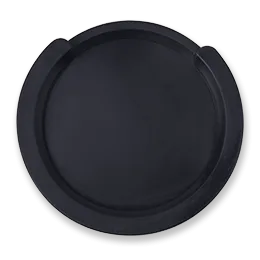Common Guitar String Problems: How to Fix Tuning Issues, Rust, and String Breakage
Guitar strings are a crucial part of your instrument, directly affecting your tone, tuning stability, and playing experience. However, over time and with regular use, strings can develop various issues such as tuning instability, rust, or even sudden breakage. These problems can be frustrating, especially for beginners, but the good news is—they're often preventable and fixable.
Problem 1: Tuning Instability (Strings Go Out of Tune Frequently)
Symptoms:
Your guitar goes out of tune quickly, even after you just tuned it.
Certain strings are more unstable than others.
Bending or playing hard causes strings to detune.
Causes:
New strings not fully stretched
Improper winding around tuning pegs
Bridge or nut friction
Worn tuning machines
Temperature and humidity changes
Solutions:
Stretch New Strings Properly: When installing new strings, stretch them by gently pulling them away from the fretboard around the 12th fret. Retune and repeat until the pitch stays stable.
Ensure Proper Winding: Strings should wrap neatly and downward around the peg, with at least 2–3 wraps to ensure grip and stability.
Lubricate the Nut: Use graphite from a pencil or specialized nut lubricant to reduce friction at the nut slots.
Check the Tuners: Loose or poor-quality tuning machines may slip—tighten screws or consider upgrading if needed.
Stabilize the Environment: Store your guitar in a case and avoid drastic temperature/humidity shifts.
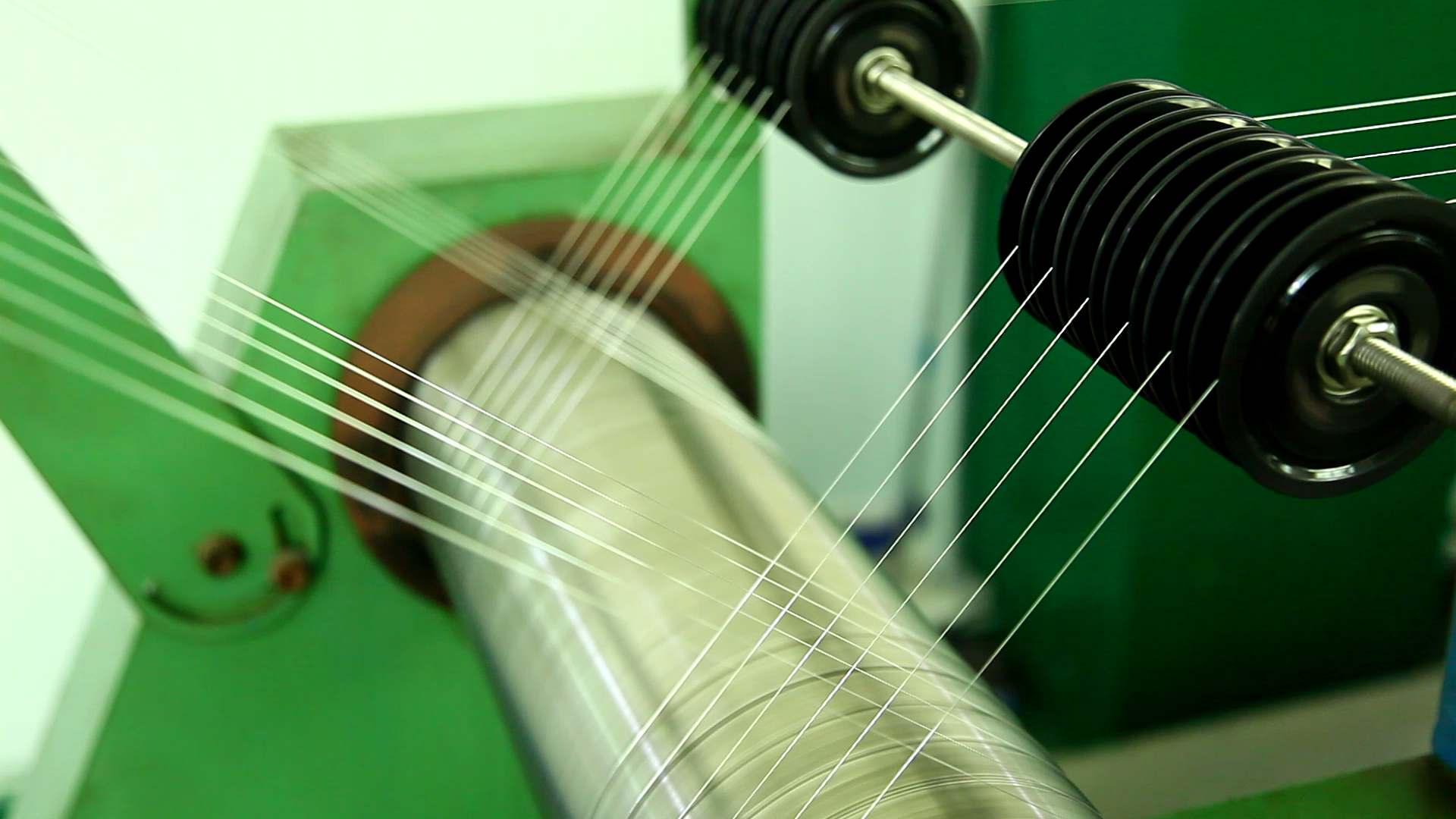
Problem 2: Rusty or Corroded Strings
Symptoms:
Strings look discolored (brown, gray, or greenish)
They feel rough or sticky when played
The tone becomes dull and lifeless
Causes:
Sweat and skin oils reacting with metal
Humidity or improper storage
Poor cleaning habits
Low-quality strings without anti-rust coating
Solutions:
Wipe Strings After Every Use: Use a dry microfiber cloth to clean your strings after each playing session. This removes sweat and oil that accelerate corrosion.
Use String Cleaners: Apply a small amount of string conditioner or cleaner to prolong life and reduce oxidation.
Play with Clean Hands: Wash your hands before playing to minimize the transfer of oils and grime.
Store Properly: Keep your guitar in a dry, temperature-stable case with a silica gel packet or dehumidifier if needed.
Use Coated Strings: Consider switching to coated strings, which offer longer lifespan and resistance to rust.
Problem 3: Broken Strings (Frequent String Breakage)
Symptoms:
Strings snap unexpectedly while playing or tuning
Breakage often happens at the same spot (bridge, nut, or tuner)
Causes:
Sharp edges at the bridge or nut
Over-tightening strings during tuning
Using incorrect string gauge
Old, worn-out strings
Aggressive playing technique
Solutions:
Inspect and Smooth Contact Points: Check the bridge saddle and nut slots for sharp edges or burrs. Use fine sandpaper or a file to smooth them gently if needed.
Tune Gradually: Avoid rapid or excessive tightening. Tune slowly and evenly.
Use the Right Gauge: Using strings that are too light or too heavy for your guitar can create unnecessary stress. Choose a gauge suited to your instrument and playing style.
Replace Old Strings: Strings degrade over time. If your set is more than a few months old, replace them to reduce the risk of breakage.
Adjust Your Playing Style: If you're a heavy strummer or picker, consider using thicker strings or a lighter touch.
Bonus Tips: Extending String Life
Rotate Between Guitars: If you own multiple guitars, rotate usage to avoid excessive wear on one.
Use Coated or Anti-Rust Strings: These are ideal for players in humid climates or with acidic sweat.
Change Strings Regularly: Don’t wait until strings break or sound dull—change them based on how frequently you play (e.g., every 1–3 months).
When to Replace Guitar Strings
You should replace your guitar strings if you notice:
Difficulty staying in tune
Loss of brightness and clarity
Physical signs of rust or dirt
Fraying or unraveling windings
As a general guideline:
Frequent players: Change strings every 3–4 weeks
Casual players: Every 2–3 months
Performers: Before every gig or recording
Final Thoughts
While tuning problems, rusty strings, and breakage are common, they don’t have to ruin your playing experience. Most of these issues can be easily avoided with good string maintenance, proper installation, and choosing the right type of strings for your needs. By taking care of your guitar strings, you not only improve your sound but also enhance your enjoyment and confidence while playing.
Reliable Performance Starts with Alice Strings
If you're looking for guitar strings that deliver dependable tuning stability, rust resistance, and long-lasting tone, Alice Strings has you covered. Alice offers a wide range of strings for acoustic, electric, and classical guitars—crafted with precision using advanced manufacturing techniques and quality materials.
Whether you're a beginner, casual hobbyist, or professional musician, Alice Strings are designed to give you consistent performance, rich sound, and great durability—all at an affordable price. Say goodbye to tuning issues, rusty strings, and frequent breakage. Play with confidence—play with Alice Strings.
Relate News
-
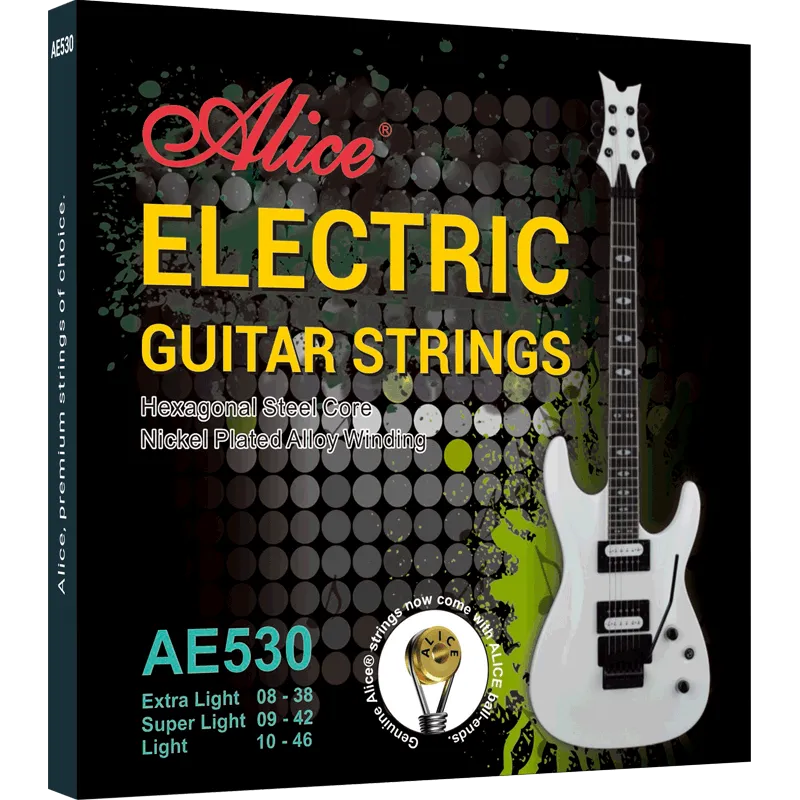
-
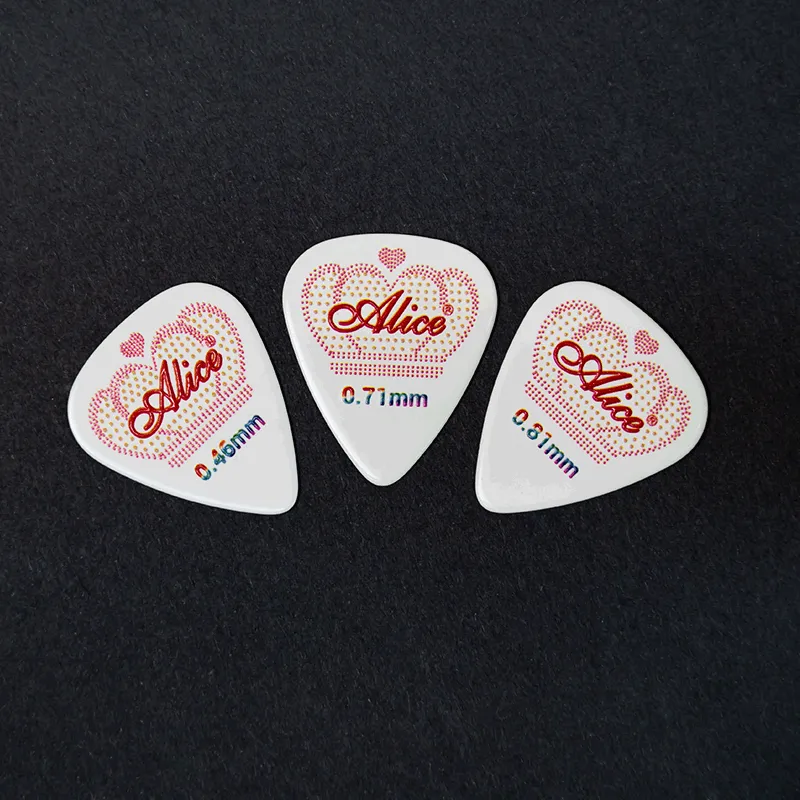
How Guitar Picks Affect Tone – And Why Stocking the Right Types Matters
The guitar pick, or plectrum, is the very first point of contact between the player and the strings. Its material, thickness, shape, and texture each affect how energy is transferred to the strings, shaping the instrument’s tone. Even the slightest change in pick design can alter the warmth, brightness, volume, and articulation of the sound produced. -

Electric Guitar Strings Gauge Chart: A Complete Guide for Guitarists
As a trusted manufacturer offering electric guitar strings for wholesalers and guitar accessories OEM/ODM solutions, Alice provides competitive pricing, bulk availability, and reliable global distribution—supporting music stores, wholesalers, and educational institutions worldwide. -
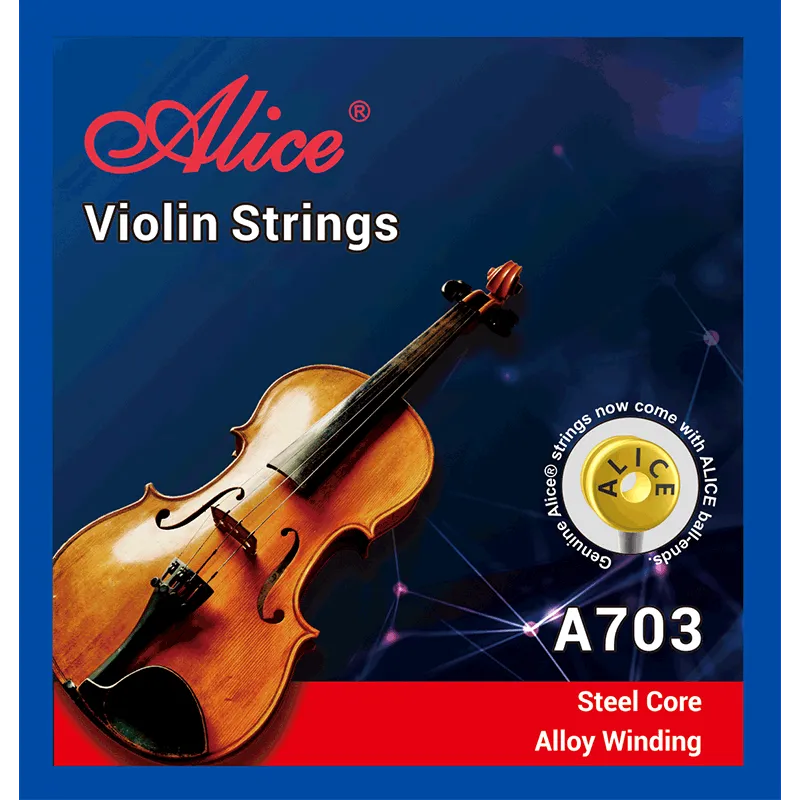
What Are Violin Strings Made Of?
The violin, one of the most expressive and emotionally captivating instruments, produces its voice through the subtle vibration of its strings. While the bow and the violin body contribute to tone and resonance, it is ultimately the strings that define the instrument’s timbre, playability, and response. A question often asked by both learners and professionals is: What are violin strings made of? The answer involves centuries of evolution, material innovation, and craftsmanship that reflect both tradition and modern technology. -
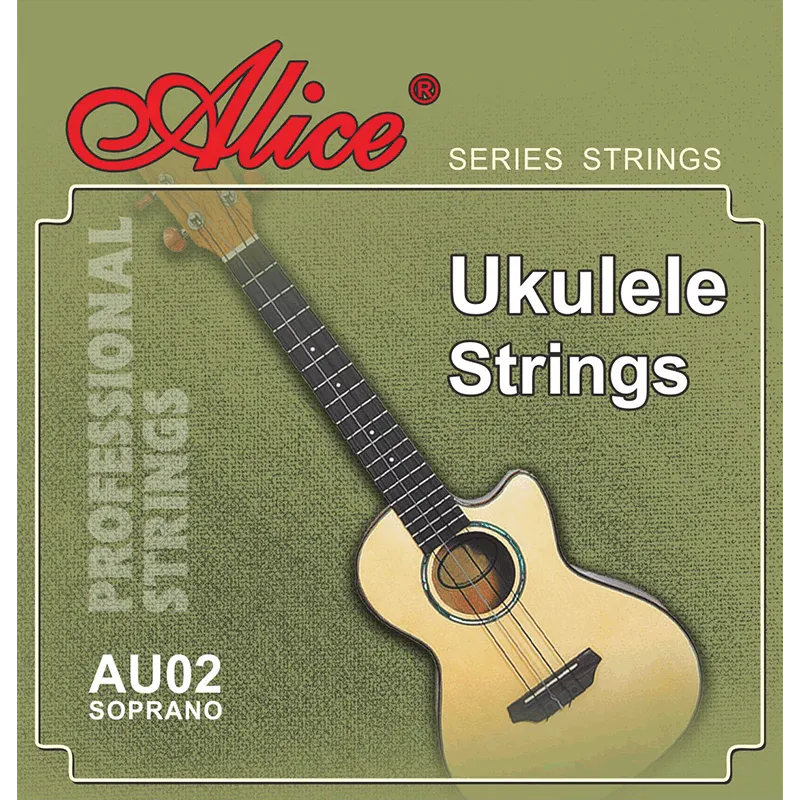
Folk Instrument Strings: Types, Materials & How to Choose the Right Set
Folk music is rich in cultural heritage, emotional storytelling, and sonic diversity. Whether it’s the bright ring of a mandolin, the deep warmth of a bouzouki, or the resonant twang of a banjo, each folk instrument tells its own story—not just through melodies and technique, but through the strings that bring it to life. -
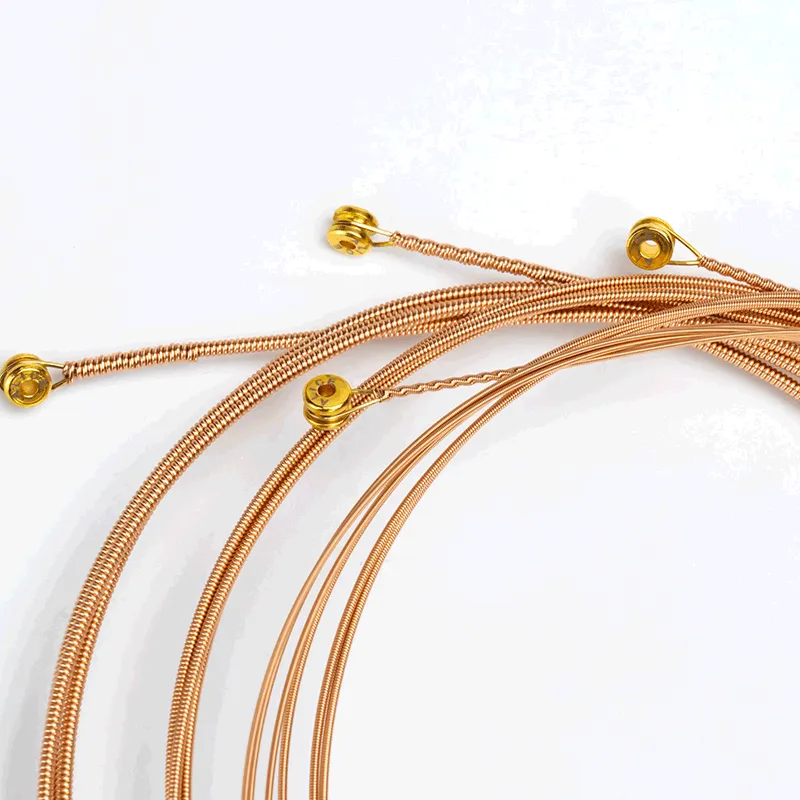
Which Acoustic Guitar Strings Fit Different Music Styles Best?
When choosing a guitar, most players focus on the body type, wood, or brand—but one of the most underrated factors affecting tone and playability is the type of guitar strings you use. And if you're serious about shaping your sound, matching your string type to your musical style can make a huge difference. -

Complete Guide to Guitar String Materials: Which One Is Right for You?
Choosing the right guitar strings is one of the most important decisions a guitarist can make—yet it's often overlooked. Beyond string gauge or brand, the material of the strings plays a crucial role in shaping the tone, feel, and even longevity of your instrument. Whether you play acoustic, electric, or classical guitar, understanding the different types of string materials can help you find the sound and feel that best matches your playing style. -
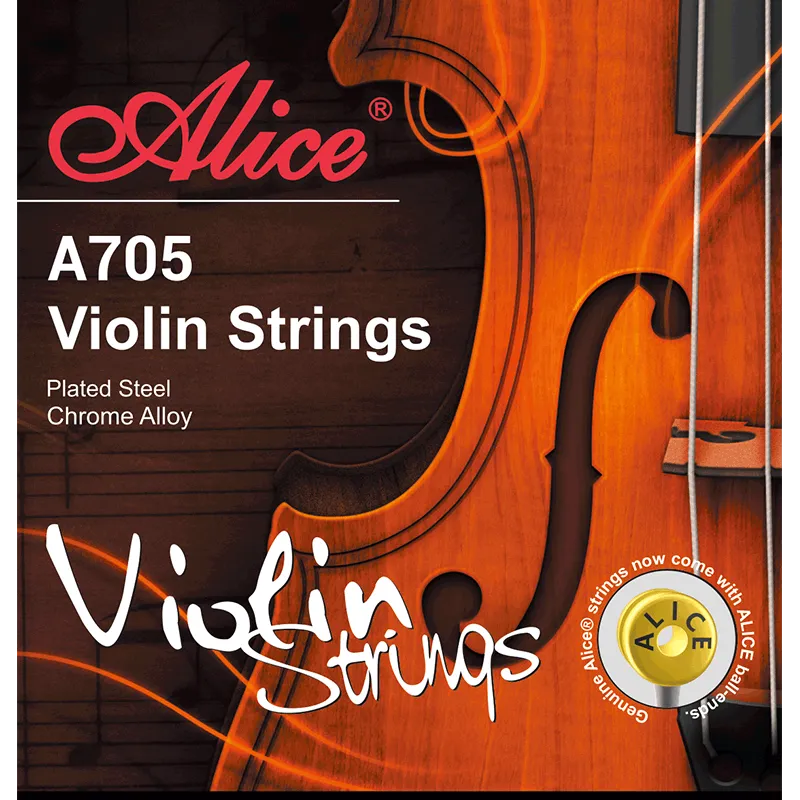
The Complete Guide to Orchestral Strings: Everything You Need to Know
Alice Strings is a trusted global brand offering high-quality orchestral strings for violins, violas, cellos, and double basses. With years of experience in string manufacturing and a dedication to innovation, Alice blends traditional craftsmanship with modern materials to meet the needs of musicians at every level. -
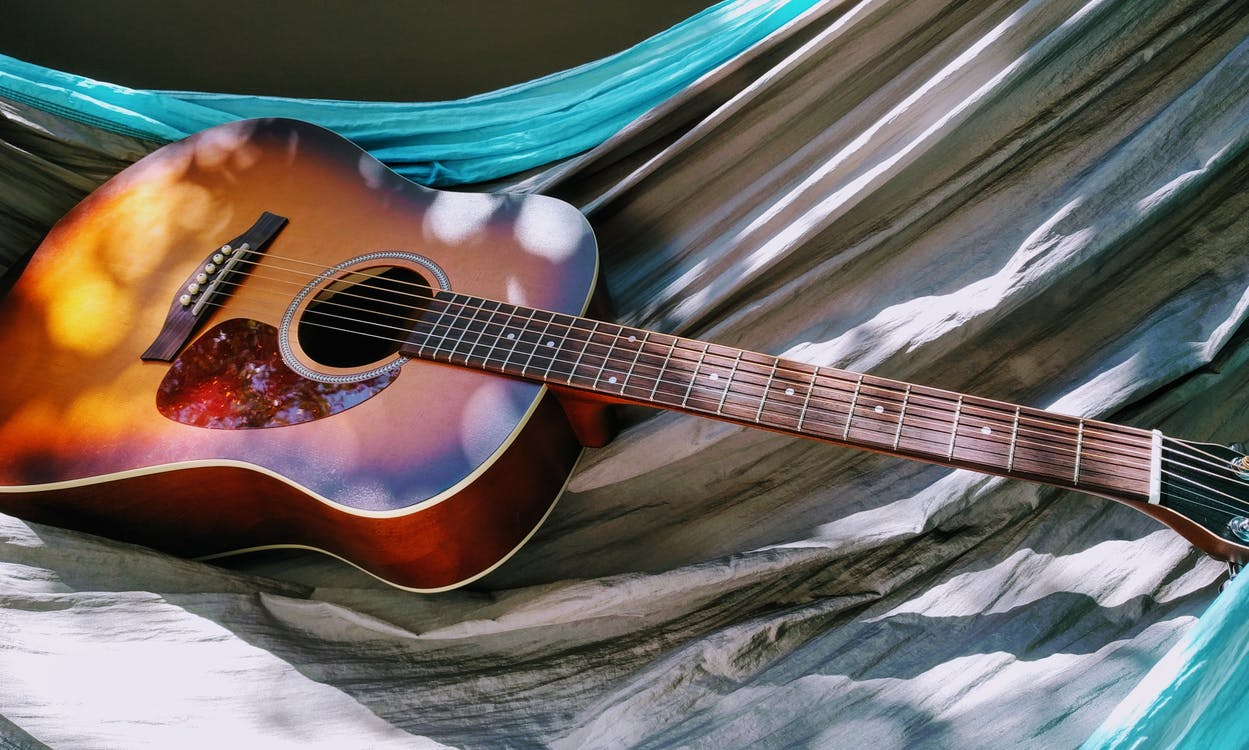
Inside the Craftsmanship: The Manufacturing Process of Guitar Strings
From selecting the finest raw materials to precision winding and protective coatings, guitar string manufacturing is a sophisticated blend of science and art. Every step influences the final product’s sound, feel, and durability, ensuring musicians can express themselves freely and reliably through their instrument. -
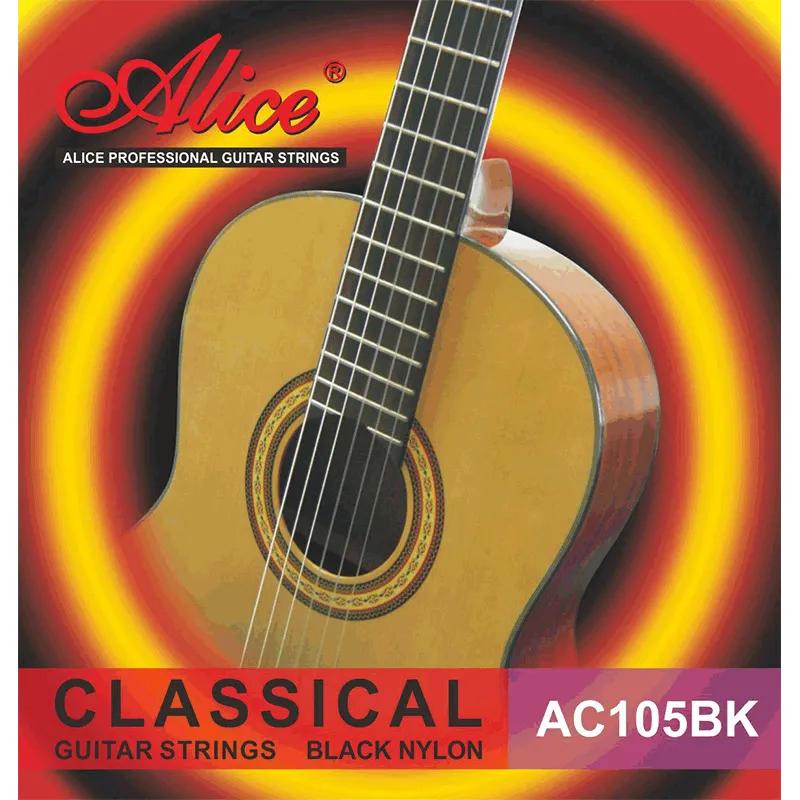
Wholesale Guitar String Purchasing: A Practical Guide for Retailers and Distributors
In the musical accessories industry, guitar strings remain one of the most frequently sold and restocked items. Whether you run a music store, manage an e-commerce platform, or distribute to local schools and bands, purchasing guitar strings in bulk requires more than just choosing the lowest price. -
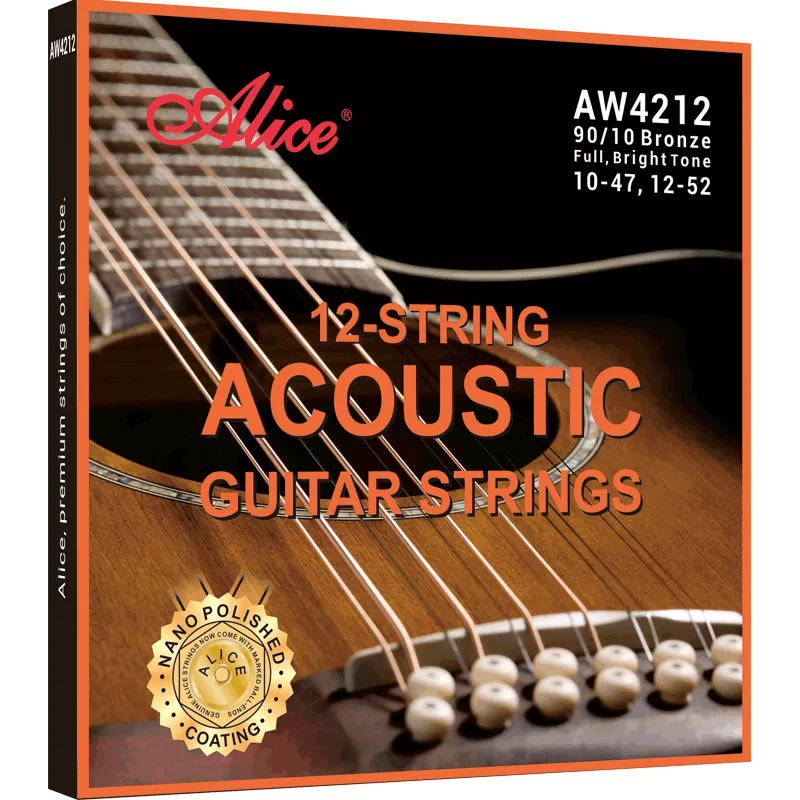
How to Choose the Right Guitar String Models for Export Markets
one string gauge or material might be popular in the U.S., a completely different specification may be in demand in Japan, Brazil, or Germany. For manufacturers and distributors, adapting to these nuances is essential to gaining market share and building lasting relationships with music retailers and players around the world. -

How Alice Guitar Strings Compare to Leading Brands
When choosing guitar strings, musicians across the world are faced with a broad selection of materials, tones, brands, and features. While many international string manufacturers offer excellent products, it’s important to understand how different brands compare




